Museum of the 1. Flottille in Peenemünde
The shores of the island of Usedom were inhabited during the Viking age, this is confirmed by archaeological finds near Peenemünde, which date back to the 10th century. A document from 1282 states that these lands are part of the Duchy of Pomerania. Since 1630, the island of Usedom and the surrounding territories were under Swedish rule, during which time Peenemünde Harbor was used as a temporary base for the navy. After the Northern War, under the terms of the Peace of Stockholm in 1720, the island of Usedom became part of Prussia and a fortress was built here. In the 19th century, the military significance of the harbor was lost and only fishing vessels were based in Peenemünde, the population of the village was 550 people.
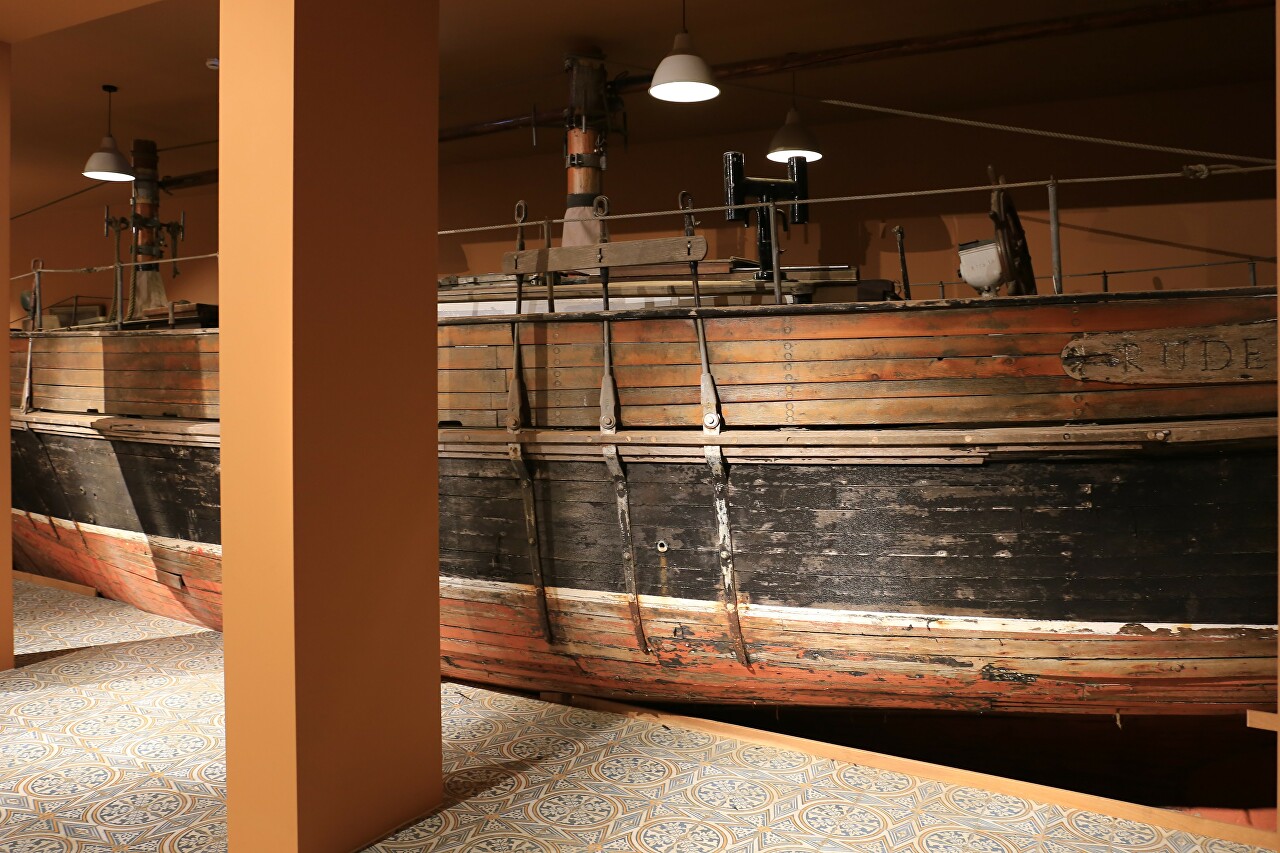
Peenemünde became most famous during the Second World War as a test site for rocket technology of the Third Reich. During this period, a rectangular harbor was opened here, and the soil was used to strengthen the banks, which were constantly suffering from floods.
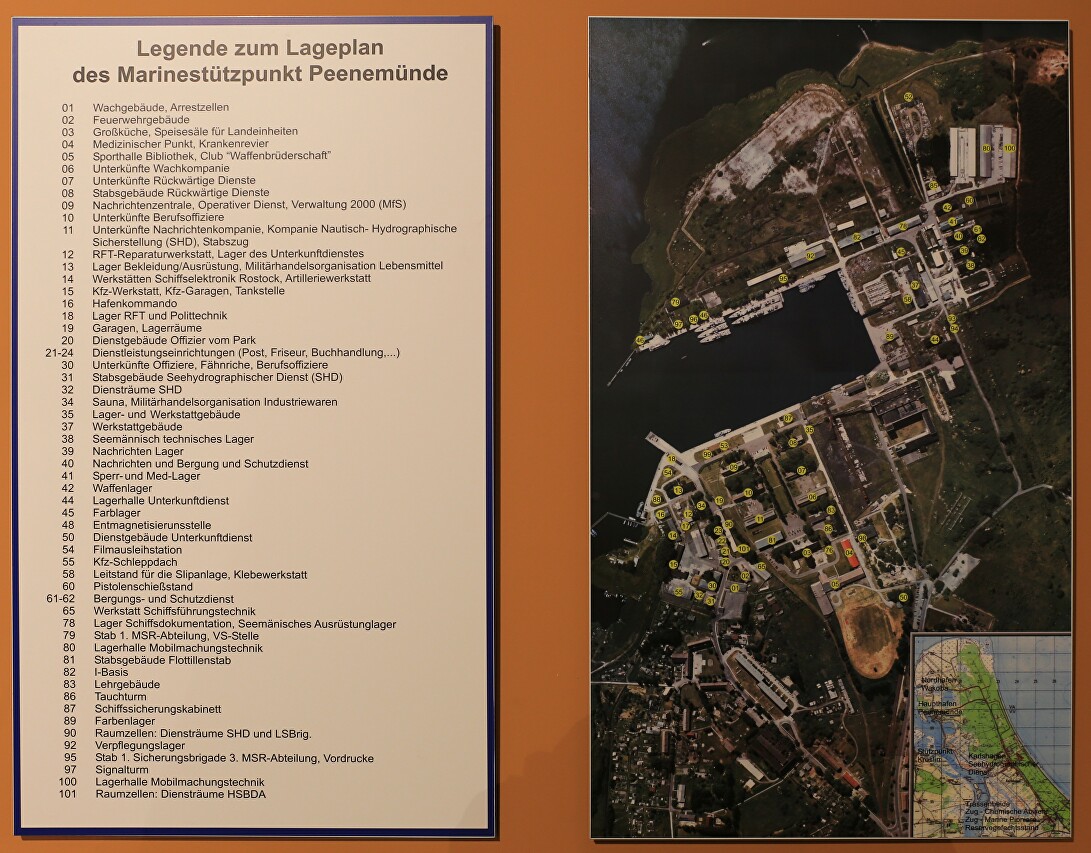
After the end of the war, the harbor was used by the Soviet Navy, and in 1952 it was transferred to the so-called People's Maritime Police (Volkspolizei See), which in 1956 was transformed into the naval Forces of the German Democratic Republic (Volksmarine).

On November 15, 1956, the 1st flotilla of the People's Fleet was formed, consisting of 18 mine-clearing ships and 6 coast guard boats. The main task of the flotilla at that time was to defuse minefields, in huge quantities left after the war.
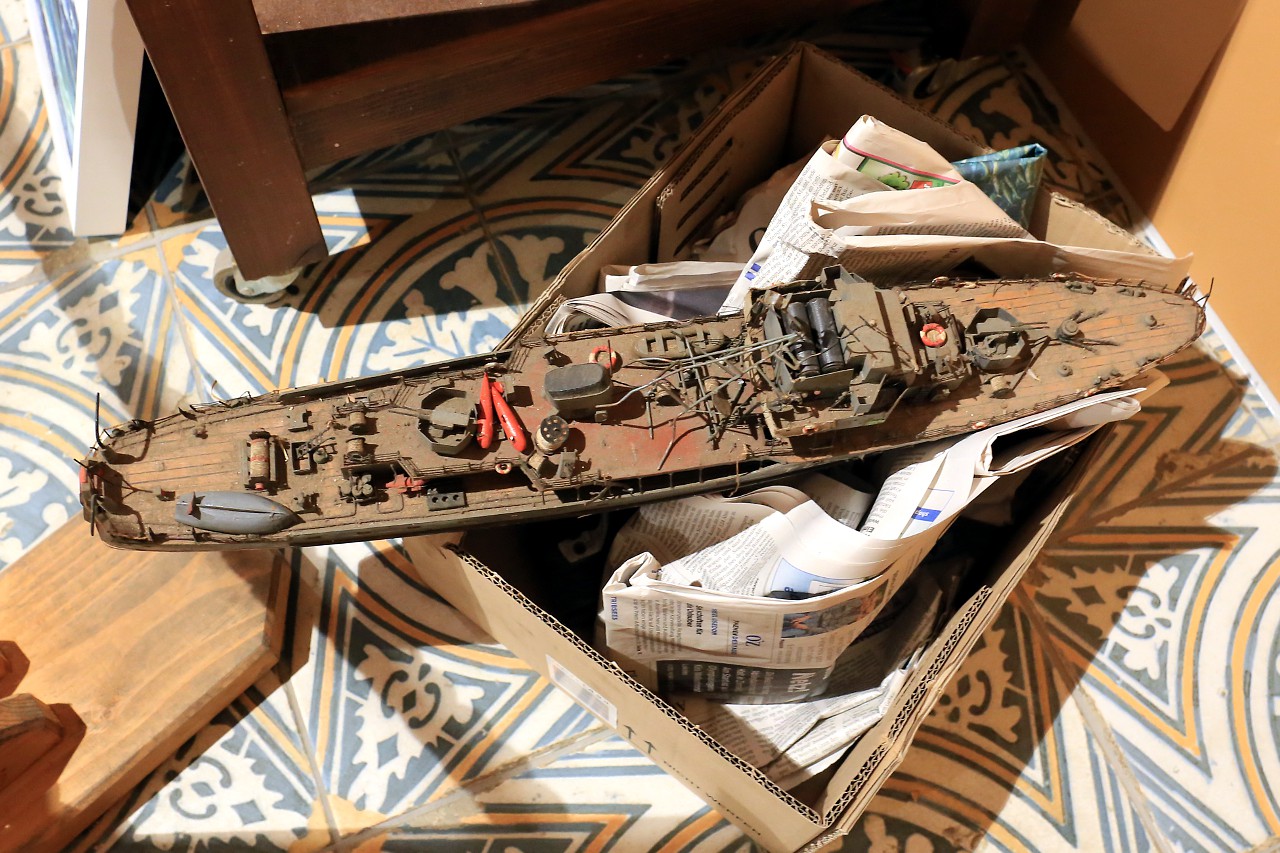
In December 1958, the hydrographic service became part of the flotilla, and in 1959, Soviet-built anti-submarine boats of the 201M project.
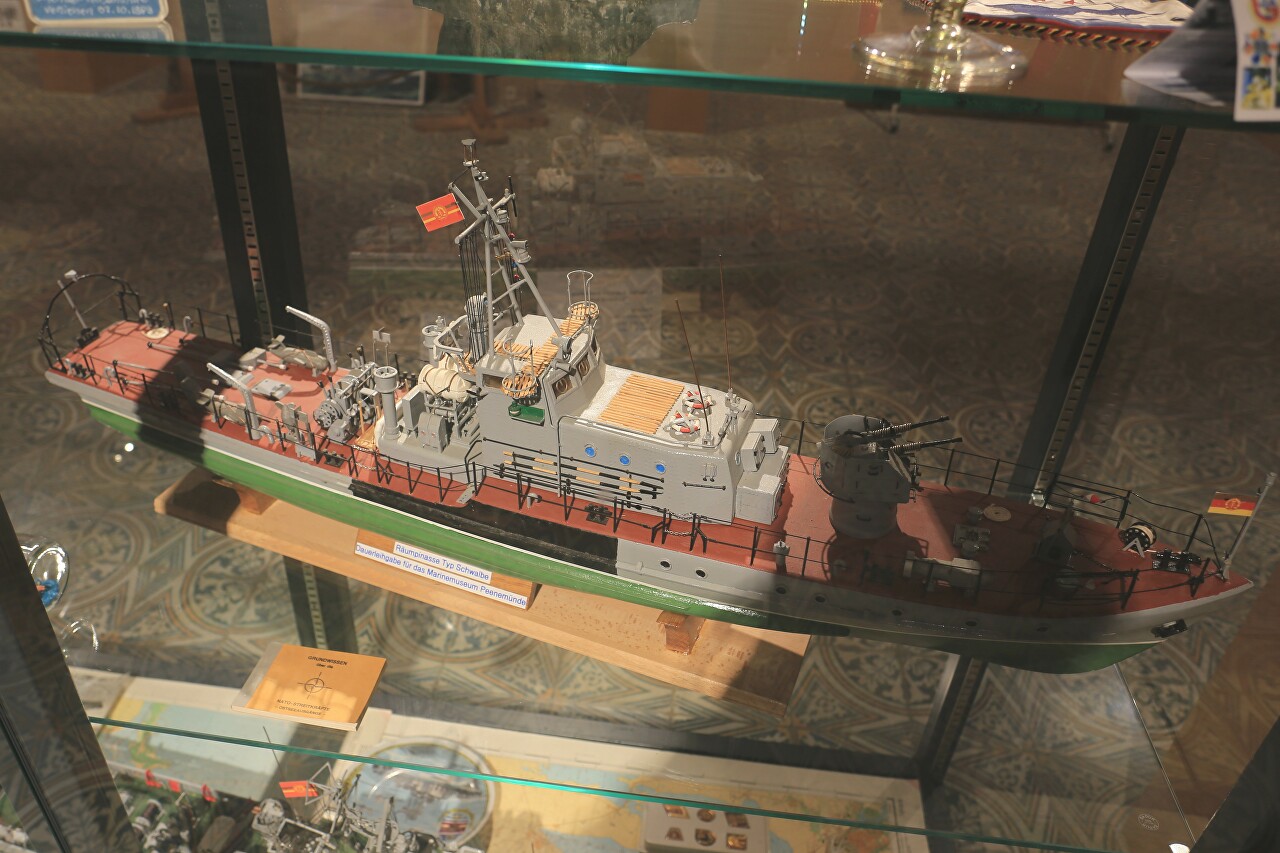
In 1962, the flotilla received a division of East German-built Labo-46 small amphibious assault ships, and a year later Soviet-built Project 205 Moskit missile boats, but a year later they were transferred to the island of Rügen.
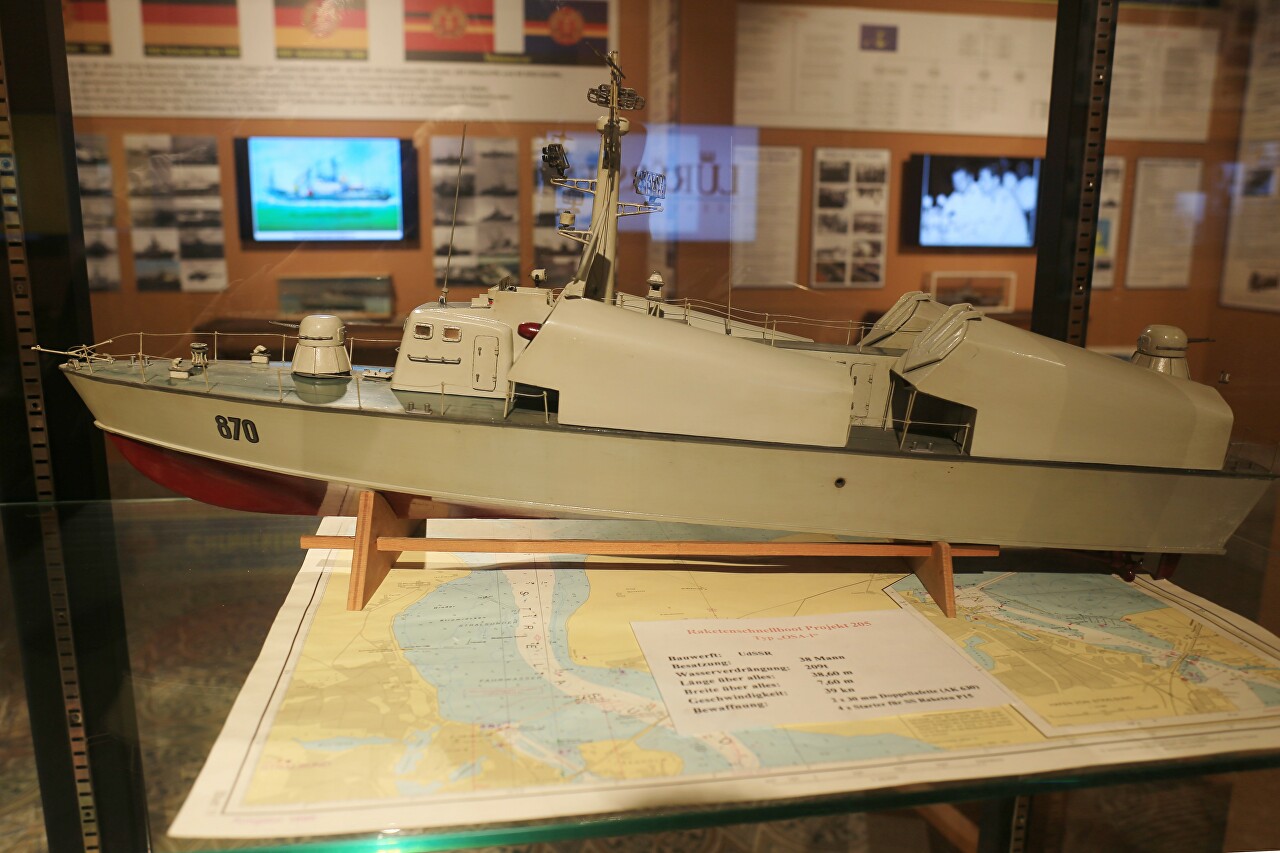
In 1965, the 1st Amphibious Brigade (Landungsschiffbrigade) and the 1st Minesweeper Brigade (Sicherungsbrigade) were formed. The ships of the 1st flotilla took part in numerous exercises with the armed forces of other Warsaw Pact states.
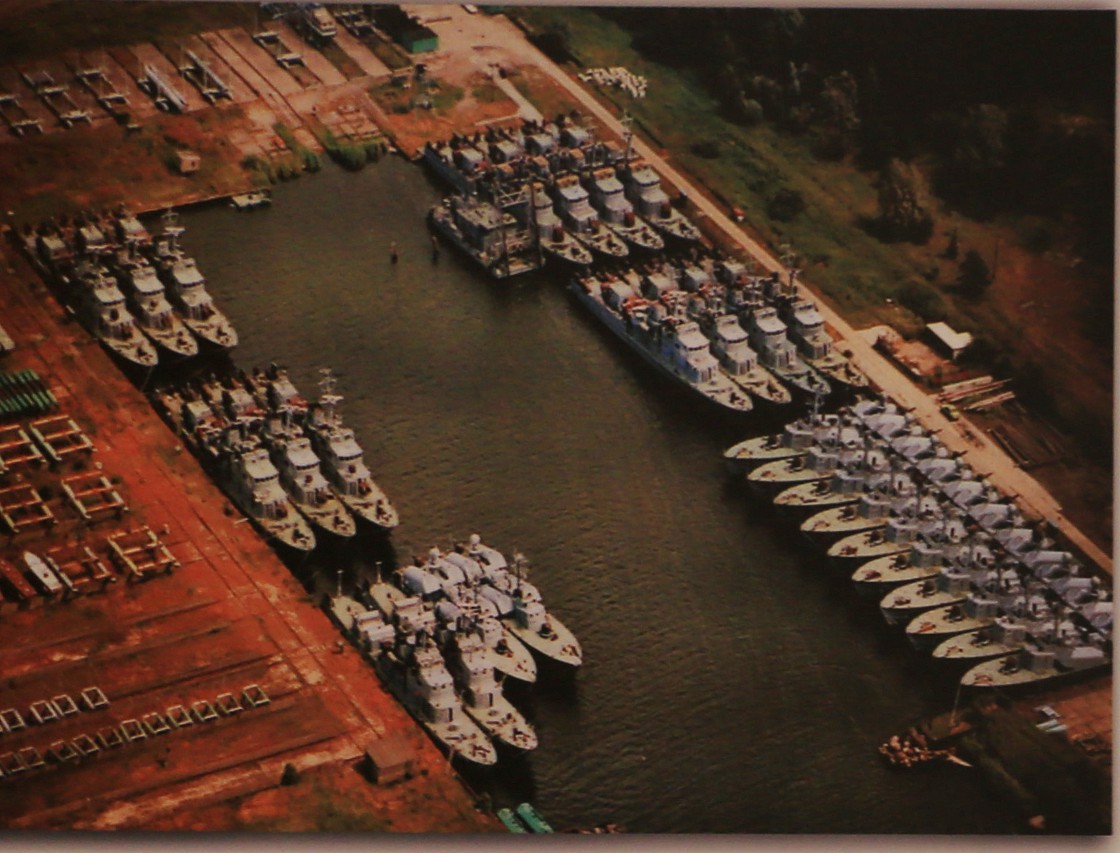
In preparation for the reunification of West and East Germany, the base was demilitarized, and on October 2, 1990, the day before reunification, Volksmarine ceased to exist. Some of the ships were scrapped, a few were transferred to the Bundesmarine, but soon they were also scrapped or sold to Third World countries. On 1 April 1990, the 1st Flotilla was officially disbanded.
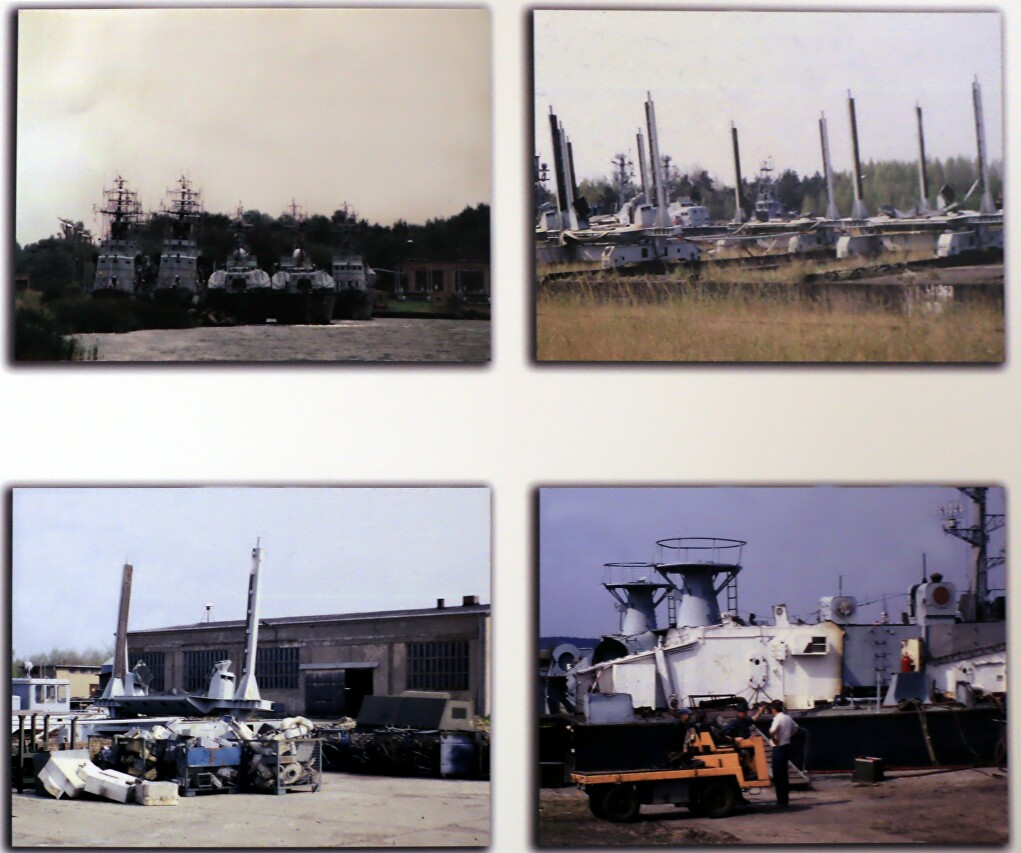
In 1917, a group of local naval enthusiasts (Marinekameradschaft Peenemünde) founded a museum dedicated to the history of Peenemünde and the 1st Flotilla since the Northern War (Marinemuseum der 1. Flottille).
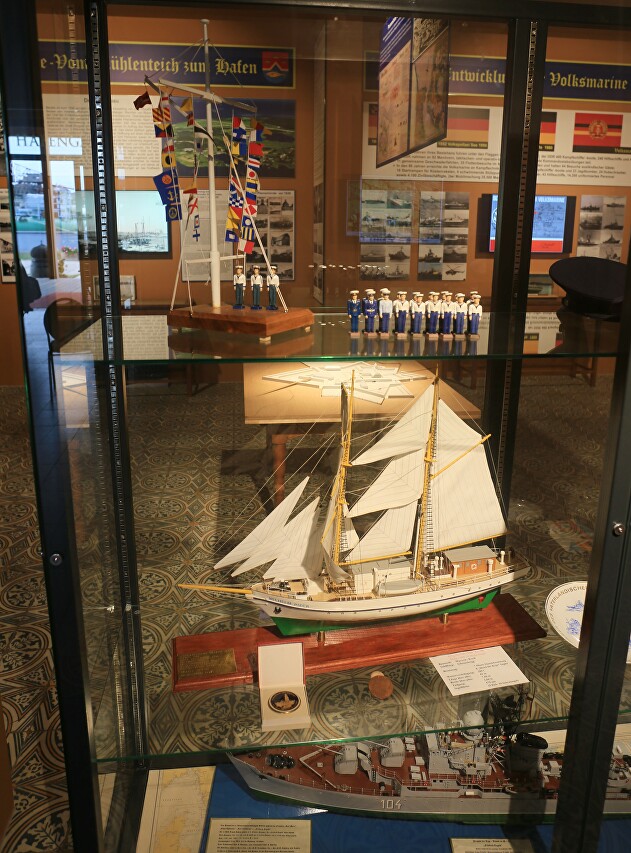
A massive wooden cabinet with carved ornaments recalls the Prussian era.
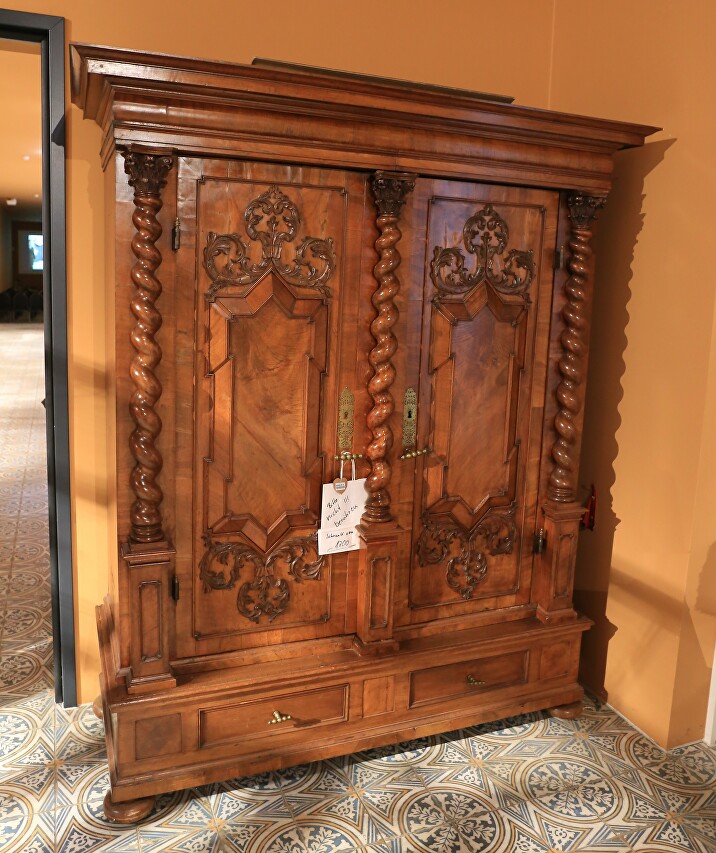
Samples of Volksmarine sailors ' uniforms.
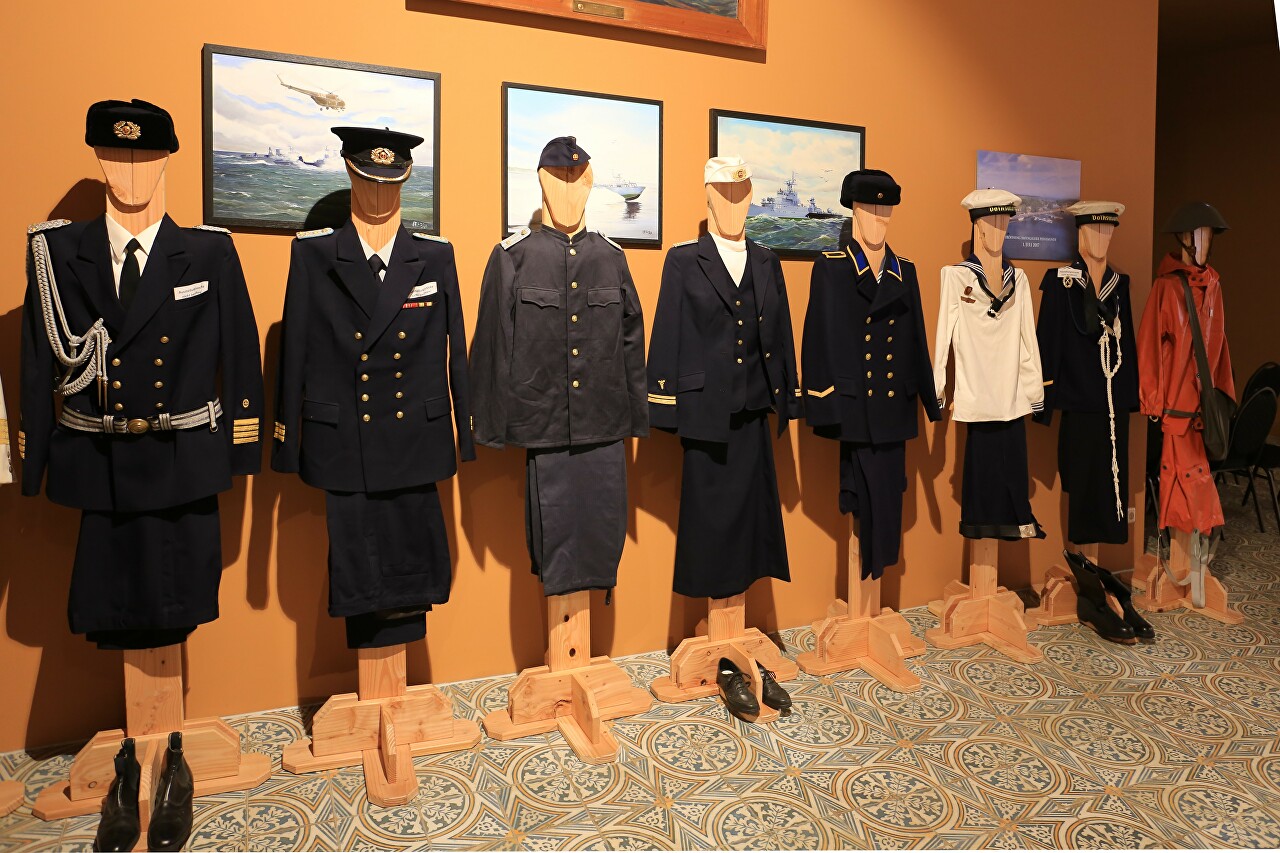
Models of World War II ships built in the USSR, USA, Great Britain and Germany.
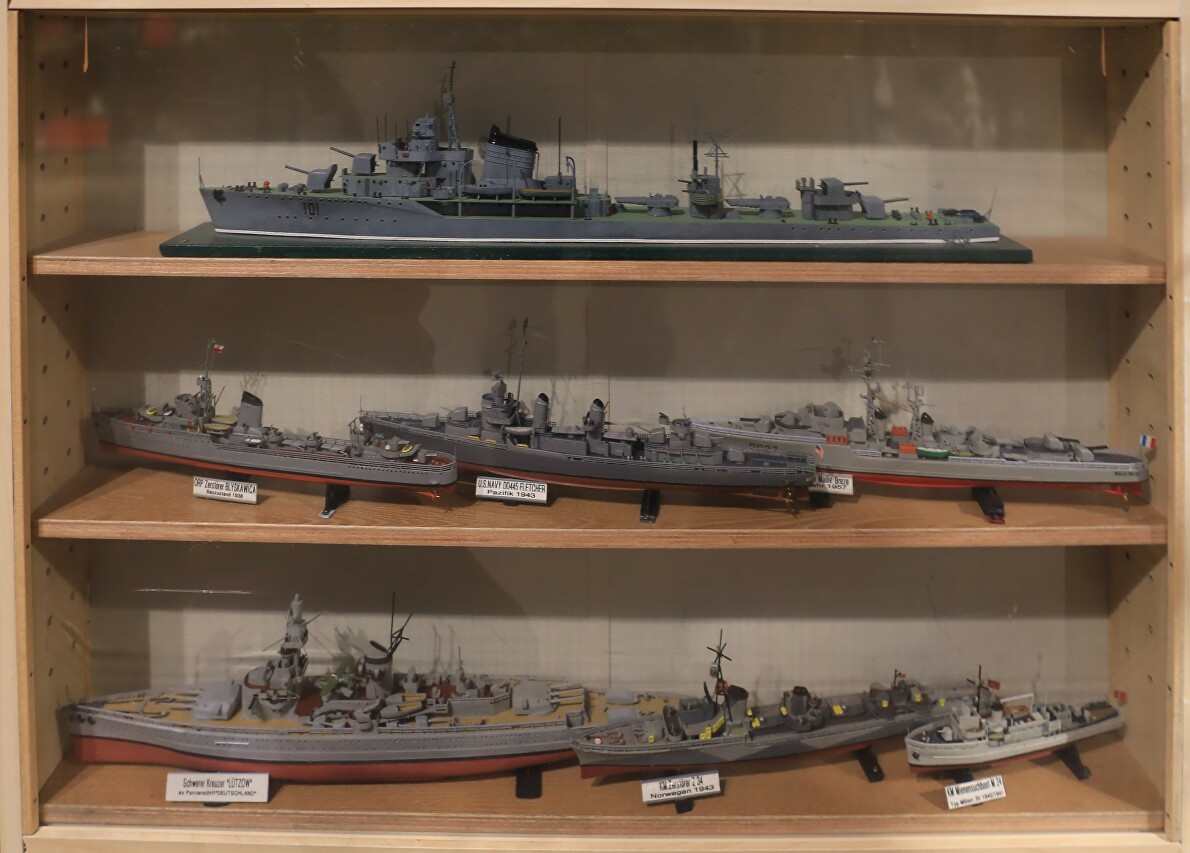
Models of ships of the Warsaw Pact countries.
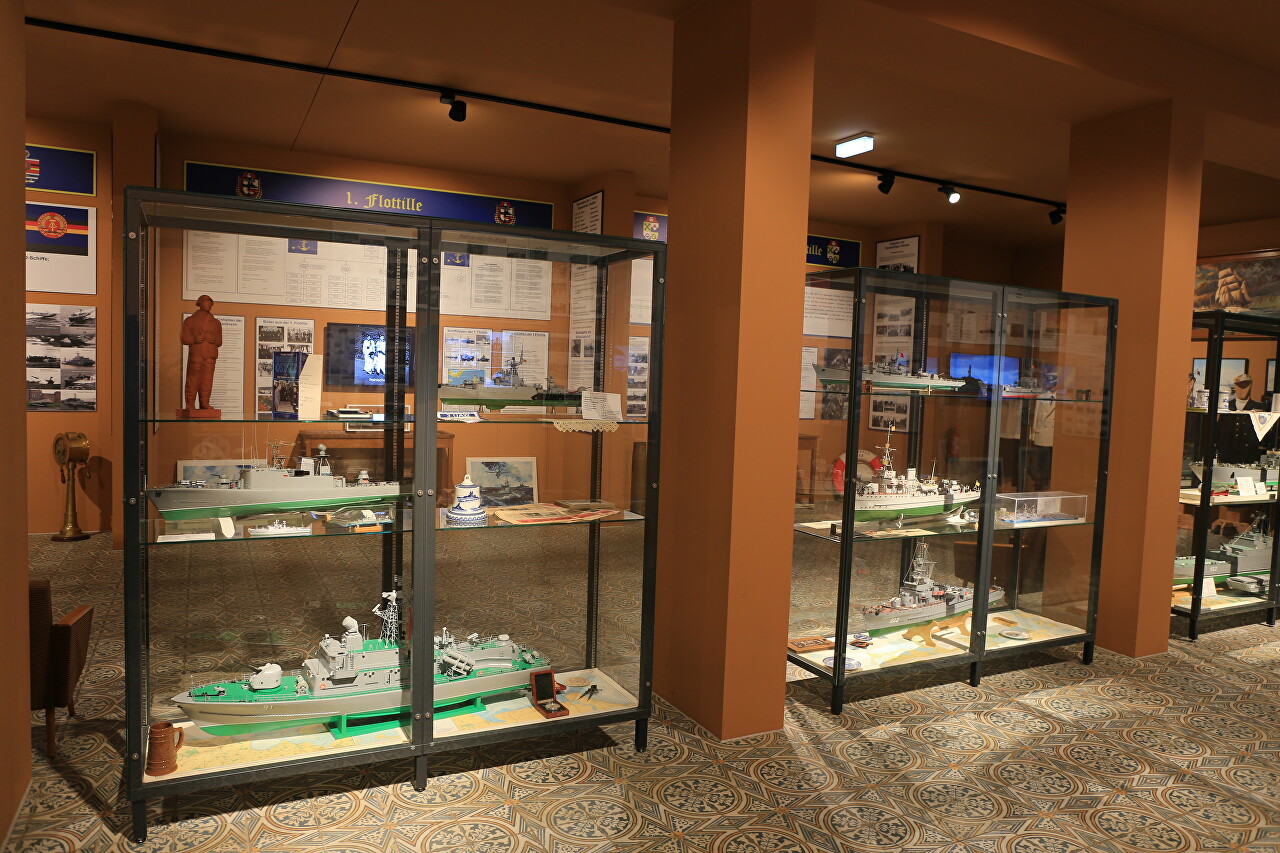
The modern fleet of NATO countries is also not forgotten.
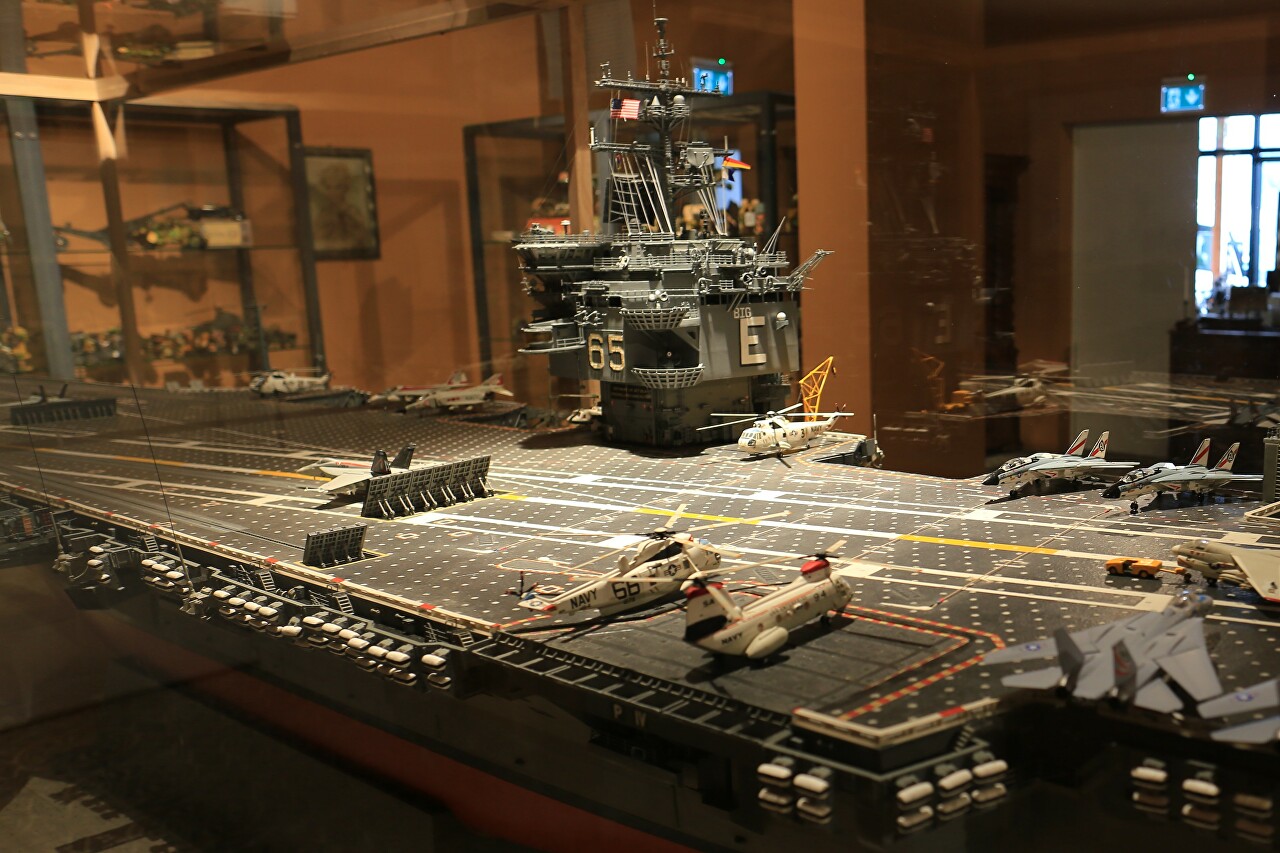
The Enterprise aircraft carrier model impresses with both its size and thorough manufacturing.
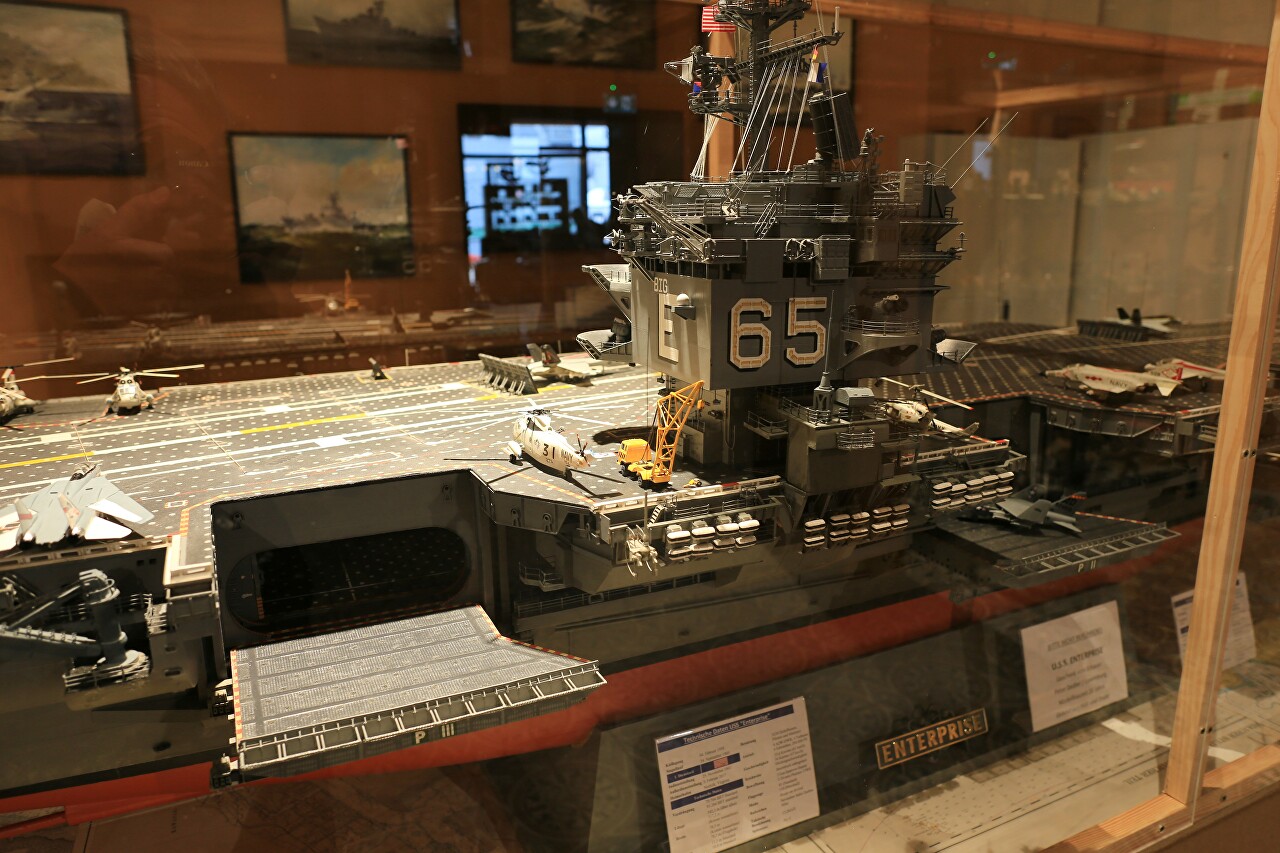
In the cinema hall of the museum, you can watch a short film about the history of the naval base in Peenemünde.
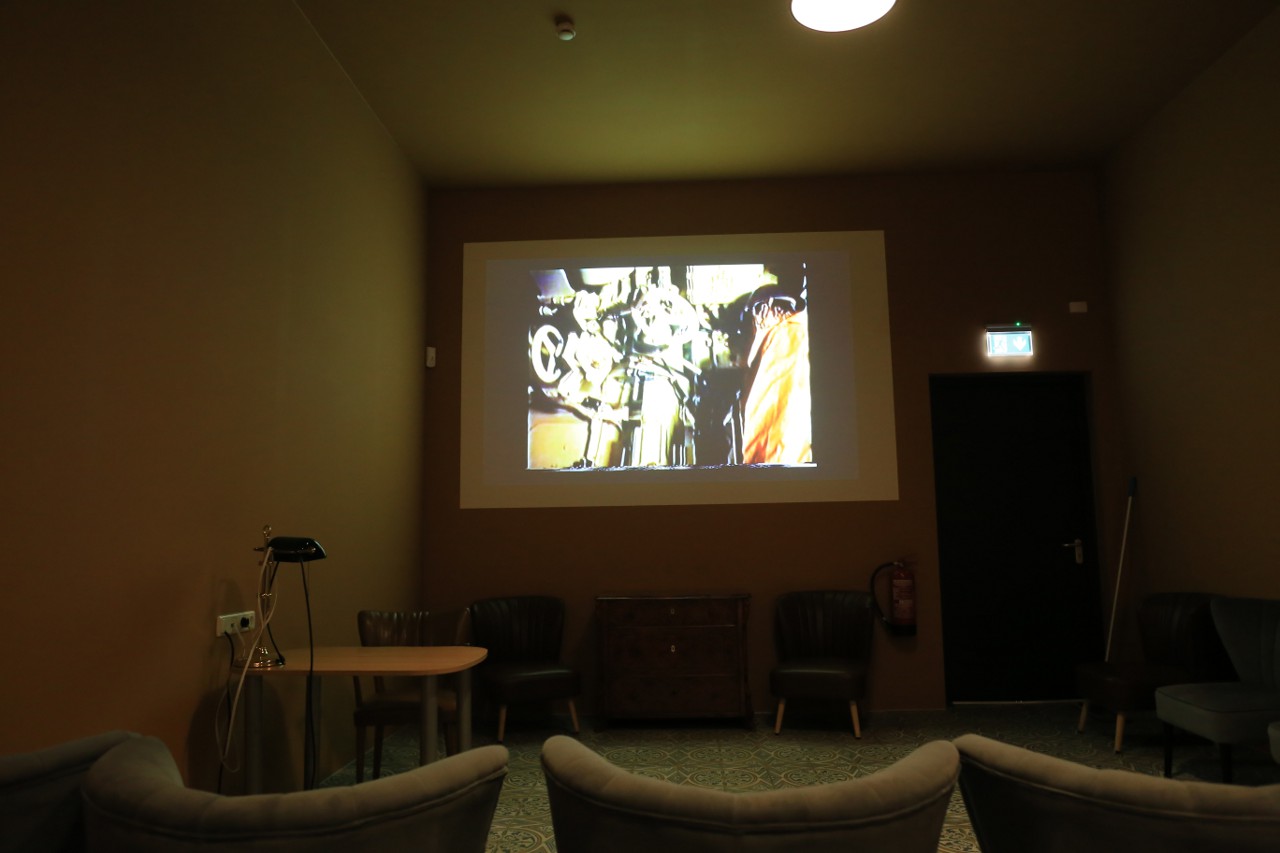
The museum also hosts temporary exhibitions. In one of the stands, I saw a collection of spring-driven mechanical toys that were popular in the first half of the 20th century.
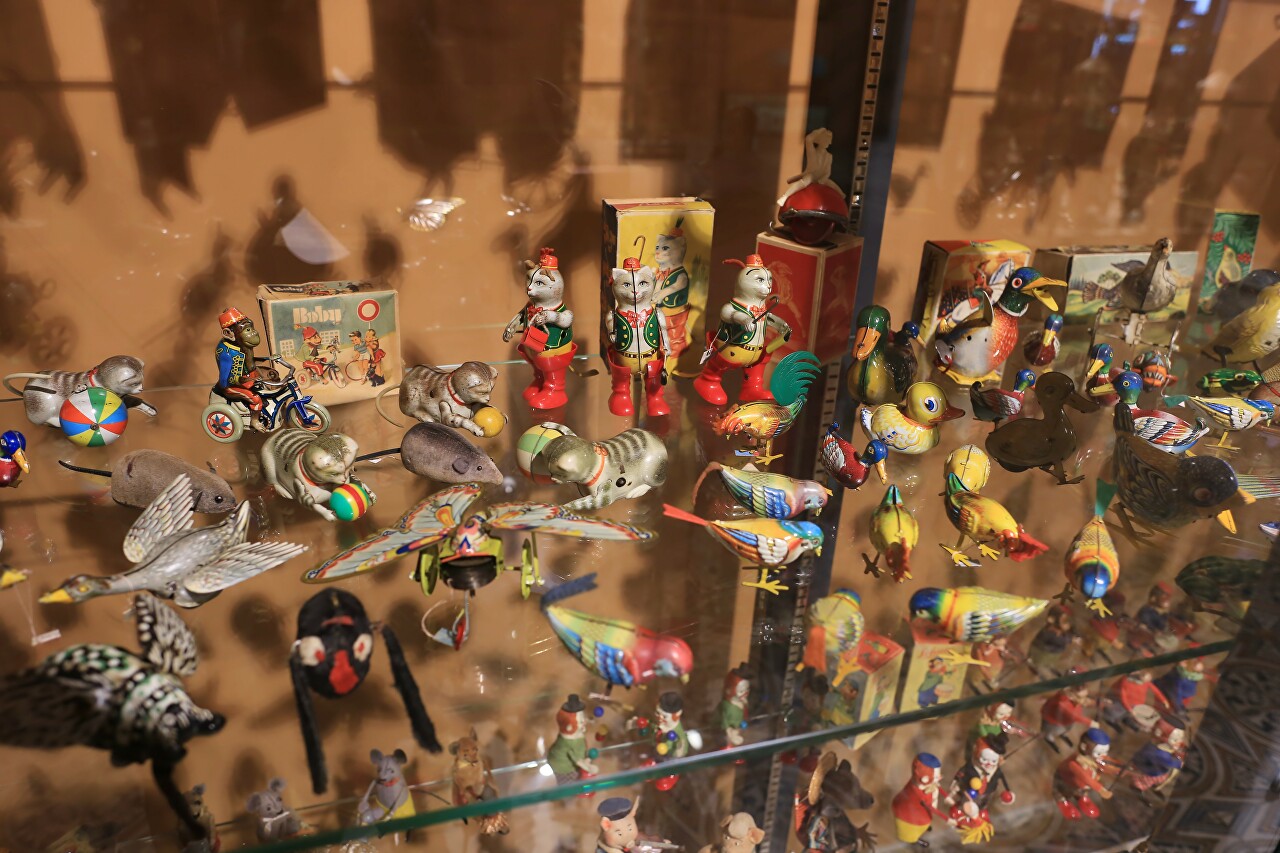
Several stands are occupied by models of military equipment.
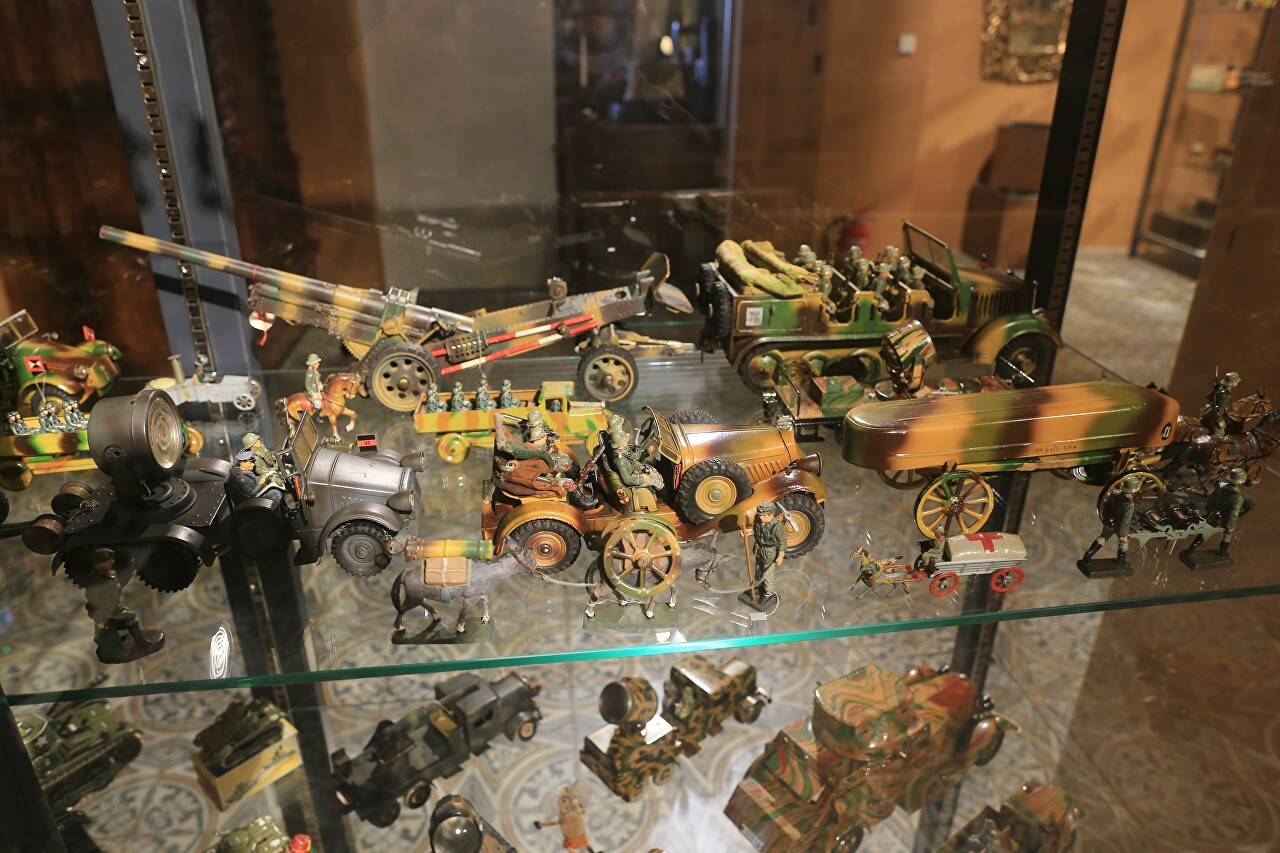
Part of the hall is occupied by mock-ups of windmills of various designs, which I have described in another section.
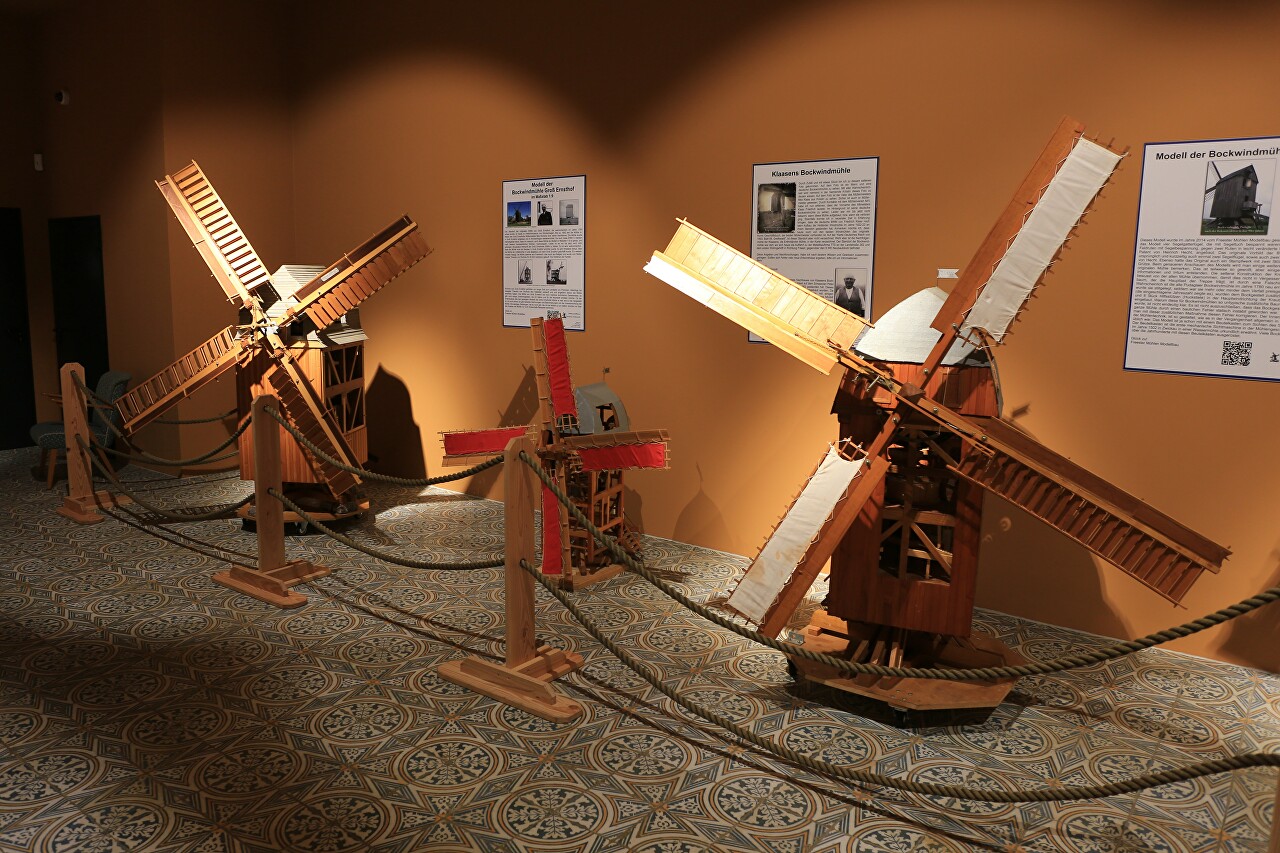
The museum is located in the western part of Peenemünde Harbor, in a building next to the Hans Beimler missile boat parking lot. The museum is open daily from 10: 00 to 16: 00. The ticket price is 7 euros, for children 2.5 euros. Group excursions are available upon prior request.